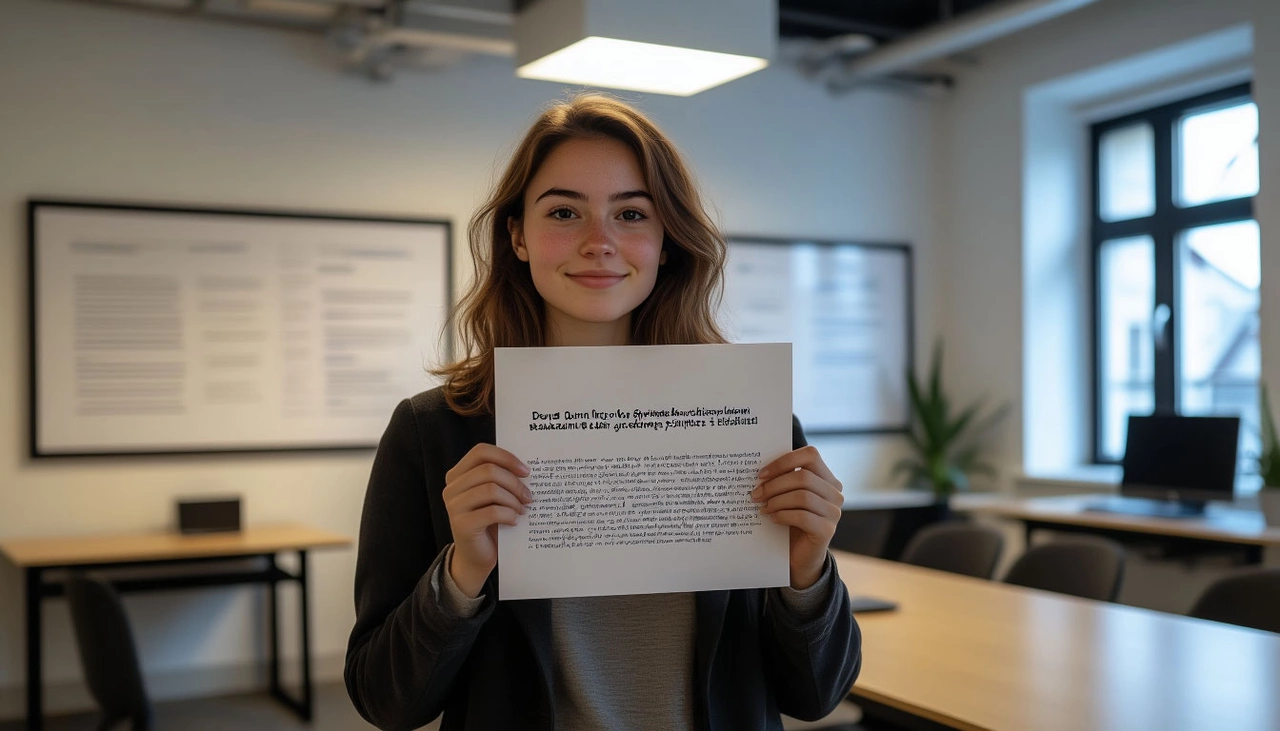Language Learning Posts on Crowch

For thousands of international students dreaming of studying in the United States, one of the biggest concerns is how to afford tuition, housing, and living expenses. The good news? American universities, government institutions, and private foundations offer a wide variety of scholarships and financial aid programs that can make this goal achievable — even for those with limited resources.
However, the path to receiving financial support isn’t always straightforward. Let’s explore the realities behind scholarships in the U.S., the different types, how to improve your chances, and which universities are more open to helping international students.
💸 Need-Based Scholarships: Help When You Can’t Afford Tuition
One of the most common types of financial aid in the U.S. is need-based assistance. This means the scholarship is awarded based on your financial situation — if you can demonstrate that you cannot afford the cost of studying and living in the U.S., you may be eligible for help.
These scholarships can come from:
- The university itself
- State or federal government programs
- Private organizations or charities supporting international students

However, there’s a challenge: admitting that you need financial help may affect your chances of being admitted. Many universities — especially those with limited budgets — are need-aware, meaning your financial status is considered when evaluating your application. If two students have similar academic records, but one can pay full tuition and the other cannot, the paying student might have an advantage.
🏅 Merit-Based Scholarships: Rewarding Your Achievements
If your academic achievements shine, you may be eligible for merit-based scholarships — financial awards given for exceptional talent, grades, or accomplishments, regardless of your income.
Merit-based aid can be awarded for:
- High GPA or class rank
- Outstanding test scores (SAT, ACT, TOEFL, IELTS)
- National or international competition wins
- Volunteer experience and leadership in community projects
- Excellence in sports — especially if you’ve competed at a national level

🏛️ Need-Blind vs. Need-Aware: Which Universities to Target
Not all U.S. universities treat financial aid requests the same way. Some are need-blind — meaning they do not consider your financial situation when deciding whether to admit you. This is ideal for international students seeking both education and financial support.
Here are some top-tier need-blind universities for international students:
- Harvard University
- Yale University
- Princeton University
- MIT (Massachusetts Institute of Technology)
- Amherst College
- Dartmouth College
- Georgetown University
These institutions often offer generous aid packages and meet 100% of demonstrated financial need — but they’re also extremely competitive. Most other universities are need-aware — they will evaluate your finances when reviewing your application. This doesn’t mean you won’t be accepted or get help, but your financial need could influence the final decision. That’s why it’s crucial to research each university’s policy in advance.
🧭 Smart Tips to Boost Your Chances
- Start early: Application deadlines for scholarships can be earlier than general admission.
- Apply broadly: Don’t limit yourself to one or two schools. Widen your options.
- Craft a strong application: Personal statements, recommendation letters, and resumes matter.
- Be honest: Misrepresenting your finances could backfire during the visa process.
- Look for external scholarships: Organizations like Fulbright, DAAD (for Germans), and regional foundations also support students studying in the U.S.

🎓 Final Thoughts
While applying for scholarships in the U.S. can be daunting, it’s absolutely possible to receive financial support — even as an international student. Whether through need-based aid, merit scholarships, or sports programs, the key is to stay proactive, well-informed, and persistent.
Remember: universities in the U.S. are not just looking for students who can pay — they want talented, passionate individuals who will contribute to campus life and succeed beyond graduation.
So, polish your application, showcase your strengths, and aim high — your American dream might be closer than you think. 🇺🇸✨

✨ What Is the DAAD Scholarship?
The DAAD (Deutscher Akademischer Austauschdienst) is Germany’s official Academic Exchange Service, a non-profit organization that funds international students and researchers pursuing master's or doctoral programs at public universities across Germany. Highly competitive and widely respected, the DAAD scholarship is a golden ticket to high-quality, tuition-free education and research opportunities.
In countries like Russia, only around 1 in 10–12 applicants successfully receive the award, making preparation and precision key factors in winning.

✅ Who Can Apply?
DAAD supports bachelor’s and master’s graduates who wish to continue their education in Germany in a relevant academic field. One important restriction is that your latest academic diploma (bachelor’s or master’s) must have been earned within the past 6 years. In addition to degree-seeking students, there are specialized research grants for PhD candidates, early-career scholars, and postdocs working on academic projects across diverse disciplines.
📝 Core Requirements
To be eligible, applicants must meet the following criteria:
- Language proficiency: B2–C1 level in German or English, depending on the language of instruction.
- Academic excellence: Strong grades and relevant academic background.
- University admission: You must provide proof of acceptance or enrollment at a state-accredited German university.
Keep in mind: your admission is not required before applying for the scholarship, but must be submitted to begin funding.

💶 Financial Support
DAAD offers a monthly stipend of €992, which aligns with Germany’s BaföG (federal student support scheme). The scholarship duration typically spans 2 to 4 semesters depending on the length of the study program.
Additional benefits include:
- One-time relocation allowance
- Partial reimbursement of flight costs
- Full coverage of health insurance
- In some cases, support for family members if they accompany the student
⚠️ Note: If you study at a private university, DAAD will not cover tuition fees. The program is designed for public higher education institutions.
📆 When and How to Apply
The general application deadline is November 15, but it may vary by program. Make sure to check the official DAAD Russia or international website for the specific timeline and up-to-date scholarship offers. You’ll need to prepare and upload your documents through the DAAD’s dedicated portal.
🛠️ Can You Work While Studying?
Yes! But there's a catch. If your earnings exceed €450/month, the excess will be deducted from your DAAD stipend. It’s best to take part-time work that’s compatible with your studies and visa conditions.

📂 Required Documents
The list is fairly standard but must be professionally prepared:
- Updated CV in tabular form (Europass recommended)
- Certified university diploma(s) and transcripts
- School leaving certificate
- Motivation letter (maximum 2 pages)
- Letter(s) of recommendation from academic supervisors
- Valid language proficiency certificate (TOEFL, IELTS, TestDaF, etc.)
- Optional: portfolio, publications, or documents showing social involvement or leadership
📚 Studying in Germany: What to Expect
Most public universities in Germany do not charge tuition, making the DAAD scholarship even more appealing. However, each semester, students must pay a small administrative contribution fee (usually €100–€350), which often includes public transport. Your academic life will revolve around research, lectures, and possibly internships. The German system values independence, so expect fewer contact hours and more self-directed learning.